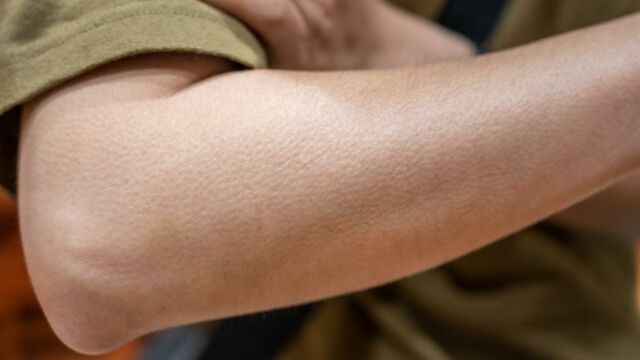Whether warm or cold, sunny or rainy, goosebumps come at the most random times and places. Some even get them while listening to music! If you ever wondered where these involuntary actions come from, we’ll tell you all about it
Discover our latest podcast
What are goosebumps?
The mystery of this phenomenon is really not complicated. As per NIH, goosebumps erect when ‘tiny muscles in our skin’s hair follicles, called arrector pili muscles, pull hair upright’. Tiny hair on our skin stands up when we feel cold.
It is a commonphenomenon in animals as well. It, actually helps them keep warm as they have long fur. However, humans lack thick fur so it does not provide the same comfort to them as animals.
When and why are goosebumps caused?
This phenomenonhas no particular beneficiary function for humans, according to Cleveland Clinic. However, we majorly experience goosebumps at the sudden change of temperature or even when we have a sudden surge or change of emotions.
Dr Donald Ford, a family medicine doctor explains:
Humans don’t have enough body hair for goosebumps to have any insulating effect, and goosebumps won’t scare off any would-be predators either. They are an involuntary response to hormone surges caused by changes in temperature or emotion.
Read more:
⋙ Precordial catch syndrome: This could be why you feel a sudden sharp pain in your chest
⋙ Bunions: What are those bony lumps on the side of your toes and how can you treat them?
⋙ Static electricity: Why do we get static shocks and how can we avoid them?















